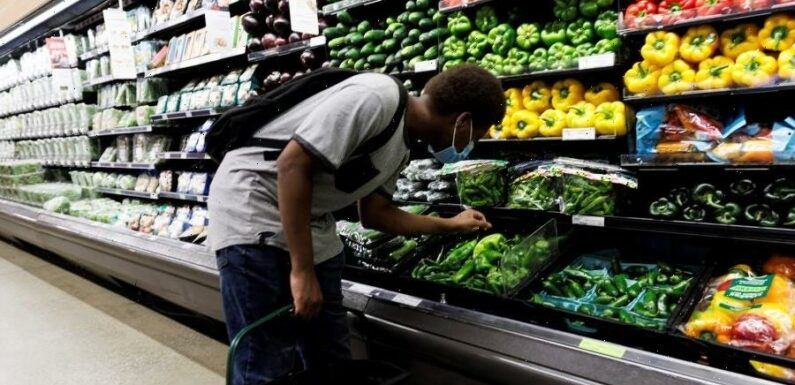
World Food Day is an annual reminder that food insecurity and malnourishment remain widespread issues. According to the U.N. World Food Program (WFP), as many as 828 million people – about 10 percent of the world’s population – go to bed hungry every night.
Observed each year on October 16, World Food Day is meant to raise awareness and inspire action on behalf of those suffering from hunger. This year’s commemoration is marked by multiple global challenges, including the ongoing pandemic, geopolitical conflict, climate change, rising prices and international tensions. These ongoing issues are why advocates say the day is more important than ever.
“The number of people affected by hunger has more than doubled in the past three years and that “almost a million people are living in famine conditions, with starvation and death a daily reality,” said UN Secretary-General António Guterres in a message highlighting the dire situation.
“Together, we must move from despair to hope and action. On World Food Day and every day, I call on you to be part of the change,” he added.
The annual October 16 date commemorates the establishment of the United Nations Food and Agriculture Organization (FAO) in 1945. Hundreds of events and outreach activities take place worldwide, bringing together governments, businesses, the general public and the media to raise awareness and action for those who are food insecure.
The theme for this year is ‘Leave No One Behind.’ According to the FAO, current global challenges limit access to and availability of nutritious food. The issue is especially acute for the 80 percent of people classified as “extremely poor” who live in rural areas. They are the most severely affected by both man-made and natural disasters. Some people are also marginalized because of their gender or ethnicity.
In the face of the growing hunger crisis, the head of the U.N. Food and Agriculture Organization stressed on Friday, ahead of World Food Day, the need to “harness the power of solidarity and collective action” to build a sustainable world with enough to eat for everyone.
The FAO also says projections suggest that 670 million people will still be facing hunger in 2030 despite the U.N.’s own Sustainable Development Goal (SDG) of ‘zero hunger’ by the end of this decade.
Source: Read Full Article